Indian DNA and civilization
Author :Rajiv Malhotra
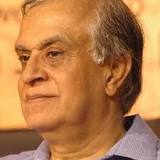
1. First of all we must differentiate between hardware and software. A person with any DNA (hardware) can adopt any culture (software) he wants. Hence, the issue of whether Indians share common DNA is unrelated to where their languages came from – as it is possible for cultures to travel.
2. I do believe based on everything I have read that there is a common DNA substratum shared by all Indians. Hence there is no such thing as separate Aryan/Dravidian DNAs.
3. Remaining still on the hardware side, there were many immigrant groups entering the country each bringing its own DNA pool. Africans were brought as slaves by the Muslims in the past 800 years. Portuguese settled in Goa, British and French in many parts of India. Many Brits had Indian wives – this was a common part of British high society in India until 1857, after which time it was British policy to discourage Brit from marrying Indians. Then the Brits based in India started having concubines and affairs and had children from these.
4. Typically, the Middle East Muslims and European Christians each raised their Indian offspring in their respective religions. So in a variety of ways, the DNAs of various foreign peoples started to mix within India. Some of the new groups formed their own separate jatis while others mixed with the Indian mainstream. So the shared DNA substratum has ethnic diversity within it as well.
Indians also migrated outwards in all directions. For instance, many Indians were taken as slaves to Central Asian slave markets during the Muslim rule and sold at various prices. This is well documented. At times the trades involved lakhs of slaves taken in long journeys.
5. Indians were also brought to Middle East for various kinds of high paying jobs – like they go today.
6. Similar DNA mingling occurred across other countries – within Europe, Turkey as a major mixing ground of people from many places, etc. Even Chinese are not of homogeneous DNA.
7. None of the above tells us by itself where Sanskrit, Vedas etc originated. That needs to be researched as an independent issue. Of course if there are very large scale migrations then the people tend to take their entire cultural portfolio with them.
8. I dont believe that Sanskrit/Vedas came from elsewhere. Archeological evidence suggests these originated entirely in India.
9. People who made India their home (including most foreign migrants) adopted this common Indian civilizational matrix as theirs.
10. But the cultural software also includes many exported and imported modules. For instance, Sanskrit-Old Iranian seemed to influence each other; specific details are unclear. It is likely that Vedic ideas and practices migrated outwards to varying extents. Again scanty data available and more research needed. Indian traders brought back many things they learned overseas.
11. We should not look for either/or binary models. Rather I prefer an open architecture with complex flows taking place. Much of the world was this way until the Abrahamic religions closed human kind into closed mindedness and closed territories. Hence the way races/cultures are being studied today is reductionist and is under the influence of exclusiv thinking.
(Disclaimer: This article represents the opinions of the Author, and the Author is responsible for ensuring the factual veracity of the content. Eshadoot will not be responsible for the accuracy, completeness, suitability, or validity of any information, contained herein.)

Readers like you, make ESHADOOT work possible. We need your support to deliver quality and positive news about India and Indian diaspora - and to keep it open for everyone. Your support is essential to continue our efforts. Every contribution, however big or small, is so valuable for our future.

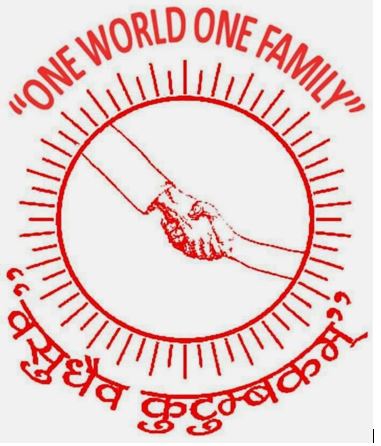



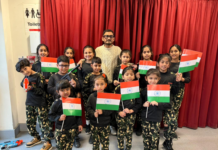
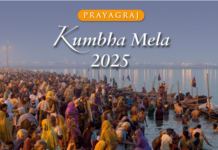
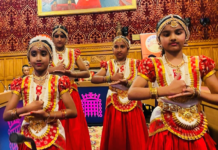




Good Article.